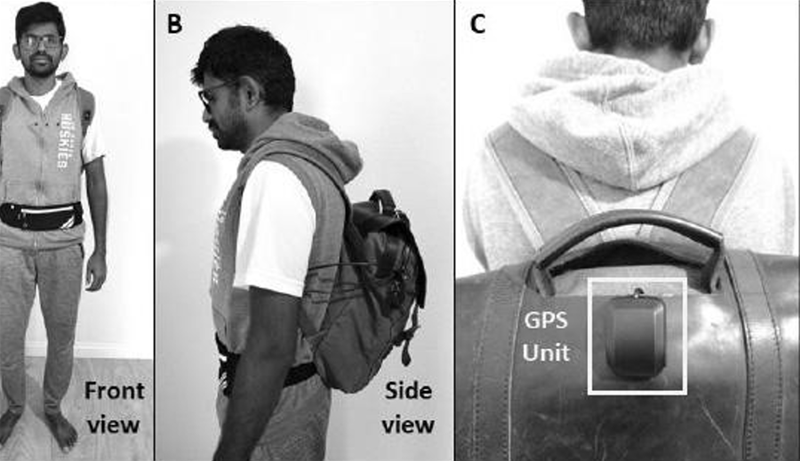AI developer Jagadish K. Mahendran and his team has designed an AI-powered, voice-activated backpack that can help the visually impaired navigate and perceive the world around them.
The backpack, powered by Intel, helps detect common challenges such as traffic signs, hanging obstacles, crosswalks, moving objects and changing elevations, all while running on a low-power, interactive device
Why It Matters
The World Health Organization estimates that globally 285 million people are visually impaired. Meanwhile, visual assistance systems for navigation are fairly limited and range from Global Positioning System-based, voice-assisted smartphone apps to camera-enabled smart walking stick solutions.
These systems lack the depth perception necessary to facilitate independent navigation. Jagadish K. Mahendran models his AI-powered, voice-activated backpack that can help the visually impaired navigate and perceive the world around them.
“It’s incredible to see a developer take Intel’s AI technology for the edge and quickly build a solution to make their friend’s life easier,” said Hema Chamraj, director, Technology Advocacy and AI4Good at Intel. “The technology exists; we are only limited by the imagination of the developer community.”
How It Works
The system is housed inside a small backpack containing a host computing unit, such as a laptop. A vest jacket conceals a camera, and a fanny pack is used to hold a pocket-size battery pack capable of providing approximately eight hours of use.
A Luxonis OAK-D spatial AI camera can be affixed to either the vest or fanny pack, then connected to the computing unit in the backpack. Three tiny holes in the vest provide viewports for the OAK-D, which is attached to the inside of the vest.
The OAK-D unit is a versatile and powerful AI device that runs on Intel’s Movidius VPU and the OpenVINO toolkit for on-chip edge AI inferencing. It is capable of running advanced neural networks while providing accelerated computer vision functions and a real-time depth map from its stereo pair, as well as colour information from a single 4k camera.
A Bluetooth-enabled earphone lets the user interact with the system via voice queries and commands, and the system responds with verbal information. As the user moves through their environment, the system audibly conveys information about common obstacles including signs, tree branches and pedestrians. It also warns of upcoming crosswalks, curbs, staircases and entryways.









